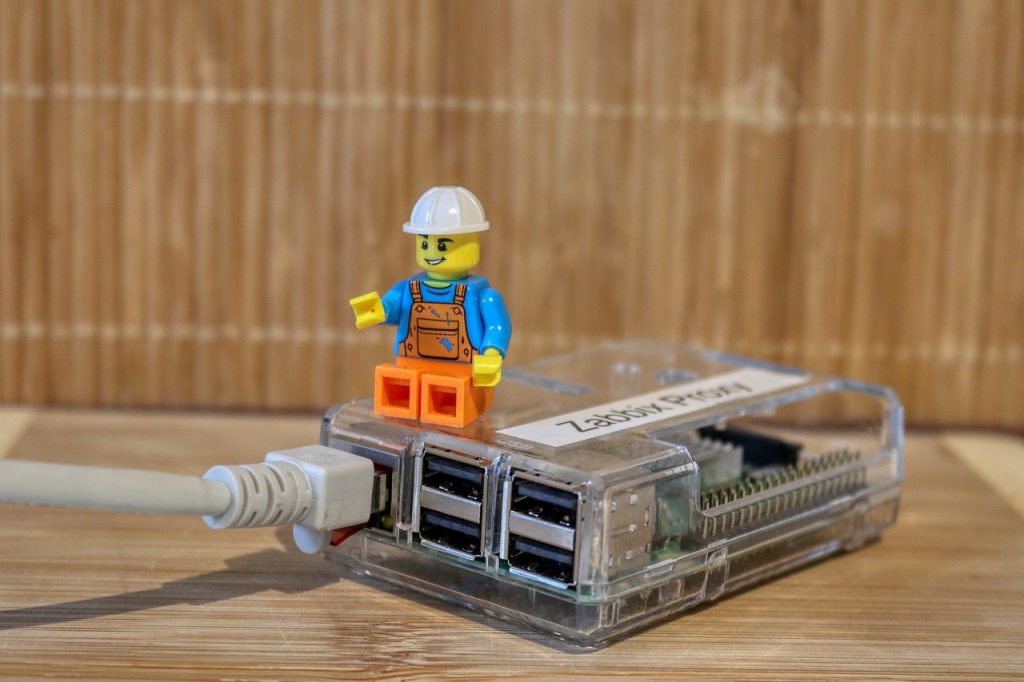In today’s interconnected world, the Internet of Things (IoT) has become a ubiquitous presence, transforming industries and our daily lives. With the ever-increasing number of connected devices and the need for real-time data processing, traditional cloud computing architectures are facing challenges in terms of latency, bandwidth, and data privacy. To address these limitations, a new paradigm has emerged: edge computing. In this blog, we will explore the surge of edge computing, its role in powering the Internet of Things, and the significant impact it is having on various sectors.

Understanding Edge Computing:
Before delving into the impact of edge computing on the Internet of Things, it is essential to grasp the concept itself. Edge computing is a decentralized computing model that brings computational power closer to the data source. Instead of sending all data to a centralized cloud, edge computing distributes processing and storage capabilities to the “edge” of the network, in proximity to where data is generated. This enables faster data processing, reduced latency, and enhanced real-time decision-making.
Overcoming Latency Challenges:
One of the key advantages of edge computing is its ability to overcome latency challenges in IoT applications. In scenarios where immediate response is crucial, such as autonomous vehicles, industrial automation, or remote healthcare monitoring, relying on a distant cloud server for data processing introduces significant delays. By leveraging edge computing, data can be processed locally, enabling faster response times and ensuring that critical decisions are made in near real-time. This is particularly important for time-sensitive applications where even milliseconds matter.
Bandwidth Optimization:
As the number of IoT devices continues to skyrocket, traditional cloud computing architectures face bandwidth constraints. Transmitting massive volumes of data to the cloud for processing can strain network resources, leading to bottlenecks and increased costs. Edge computing tackles this issue by performing data processing and analytics at the network edge. By filtering and analyzing data locally, only relevant information needs to be transmitted to the cloud, optimizing bandwidth usage and reducing network congestion.
Enhancing Data Privacy and Security:
In the age of increasing concerns about data privacy and security, edge computing offers a solution. With edge computing, sensitive data can be processed and stored locally, reducing the risk of data breaches or unauthorized access during transmission to the cloud. This decentralized approach allows for greater control over data, ensuring compliance with regulations and addressing privacy concerns. By minimizing data exposure, edge computing provides an added layer of security to IoT applications.
Real-time Analytics and Decision-making:
The ability to process and analyze data at the edge enables organizations to derive valuable insights in real-time. Edge computing empowers businesses to make data-driven decisions instantaneously, leading to improved operational efficiency and enhanced customer experiences. For example, in retail environments, edge computing can enable real-time inventory management, personalized recommendations, and targeted promotions based on immediate analysis of customer behavior.
Enabling Offline Capabilities:
Edge computing also offers offline capabilities, allowing IoT devices to function even in the absence of an internet connection. By processing data locally, edge devices can continue to perform critical tasks and maintain essential functionalities when connectivity is intermittent or unavailable. This is particularly beneficial in remote areas or environments with limited network coverage, such as offshore facilities or rural locations. Edge computing ensures uninterrupted operations, enabling businesses to provide reliable services in challenging conditions.
Industry-specific Applications:
The impact of edge computing extends across various industries, including manufacturing, healthcare, transportation, and agriculture. In manufacturing, edge computing enables real-time monitoring and predictive maintenance, optimizing production processes and minimizing downtime. In healthcare, edge computing facilitates remote patient monitoring, timely diagnosis, and emergency response, improving healthcare outcomes. In transportation, edge computing powers autonomous vehicles and intelligent traffic management systems, enhancing safety and efficiency. In agriculture, edge computing aids in precision farming, optimizing resource allocation and crop yield.
Conclusion:
The rise of edge computing is revolutionizing the Internet of Things by addressing the limitations of traditional cloud computing architectures. By bringing computation closer to the data source, edge computing enables faster data processing, reduced latency, and enhanced real-time decision-making. It optimizes bandwidth usage, enhances data privacy and security, and empowers businesses with real-time analytics and offline capabilities. As edge computing continues to advance, its impact on various industries will be profound, unlocking new possibilities and opportunities in the IoT landscape.
- A Comprehensive Guide to Ranking Your Website to 1st Page - June 30, 2023
- Top Digital Marketing Trends for 2023 - June 30, 2023
- “Maximizing Mobile Commerce: Unleashing the Power of Digital Wallets” - June 14, 2023